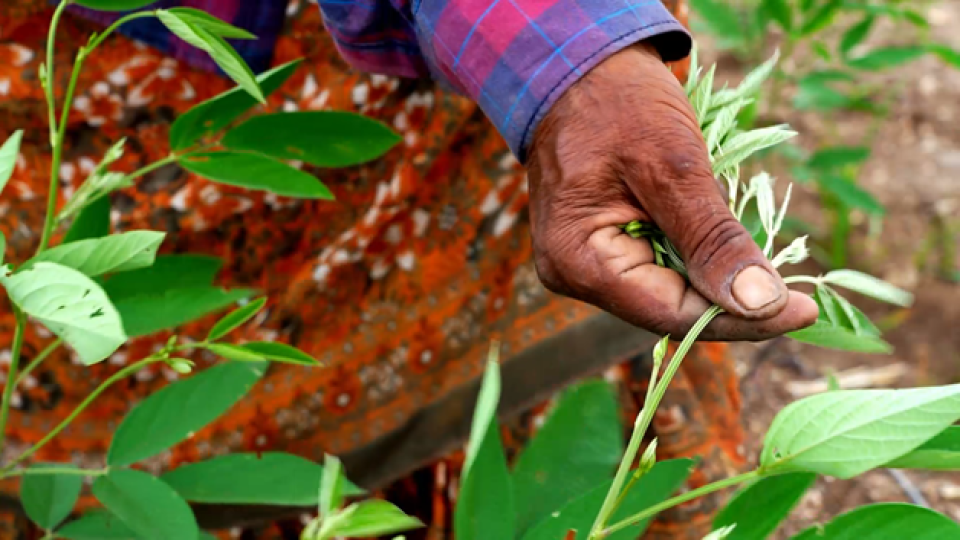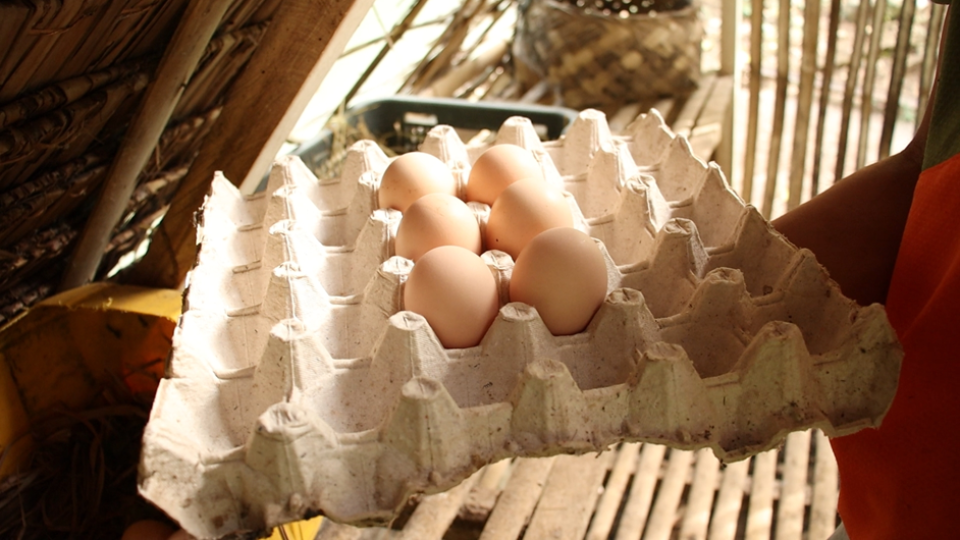Below, we will regularly add some short stories on how videos hosted by Access Agriculture have improved farmers' lives in Africa, Asia and Latin America.

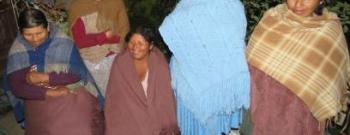
Watching videos leads to more experimentation in Bolivia
The farmers who saw the videos learned from them and used this information creatively in their own experiments.
Read More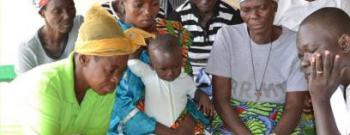
Fighting Striga videos in Mali
After using improved techniques, farmers were harvesting up to 30% higher yields.
Read More
Buying DVDs, not pesticides
After watching the videos, 86% of the interviewees spent less money on pesticides.
Read More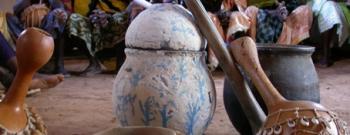
Asian videos are OK for Africa
Farmers focus on technical content and ignore the skin colour of the people in training videos.
Read More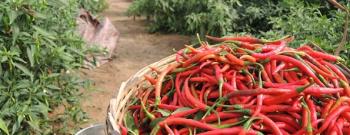
Videos in northern Uganda
GADC combines videos with other activities, like buying chilli in public from early adopters.
Read More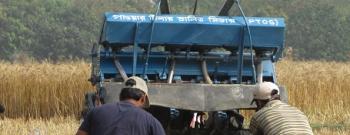
Reaching millions through video
Farmers who watched the videos were motivated to experiment with the innovations they saw.
Read More
Video speaks for itself
Good videos can be strong enough to speak for themselves without facilitators along to explain the message.
Read More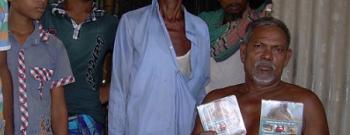
A video in the hand is worth more
In Bangladesh 112,000 people attended large, open air video screenings and over 500 community volunteers agreed to show videos for free.
Read More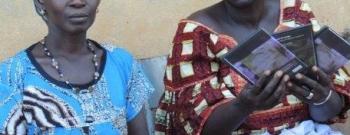
People watch videos, even in Mali
Because the “Fighting Striga” videos tell farmers why a technique works and not just what to do, farmers are able to creatively adapt the ideas.
Read More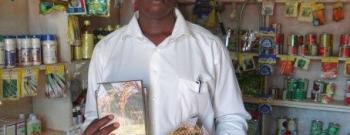
Millers distribute and show videos
Farmers adapted various rice technologies and some nearly doubled their yields with little increase in production costs.
Read More
Video more effective than workshop
In 70% of the villages with workshops, no one passed information on to their neighbours. Yet in all of the video villages the women shared information with each other.
Read More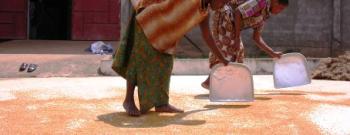
Videos change rural institutions
Women in video villages become better organised and develop better relations with local money lenders and other actors of the rice value chain.
Read More
Innovative parboiling with videos
Only 19% of women attending workshops, whereas 67% of those who watched videos innovated, often by using local materials.
Read More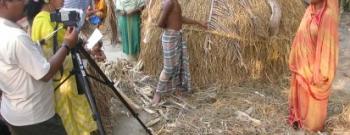
Farmers are more convincing on video than in person
Video is better than farmer-to-farmer extension for conveying new scientific knowledge and local innovations.
Read More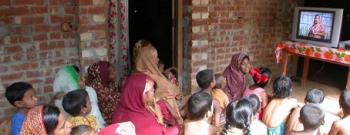
Videos improve women’s lives
Women who watch training videos increase their income and become better at getting support from service providers.
Read More
